Fuchsia ampelous: description, care and reproduction, diseases
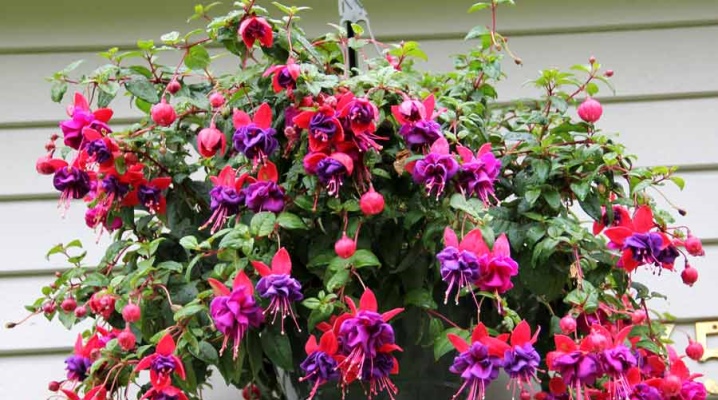
Ampel fuchsia became popular not so long ago, but it has already won the love of gardeners, who appreciated the decorative appearance of the plant and the simplicity of caring for it. Containers with this exotic plant can decorate a loggia, balcony, as well as a terrace, porch and even a nondescript fence.
In our article, we will get acquainted with the features of fuchsia, tell you about the main varieties and introduce you to the rules for caring for a flower.
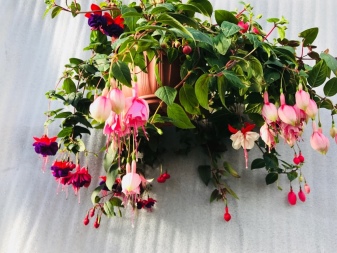
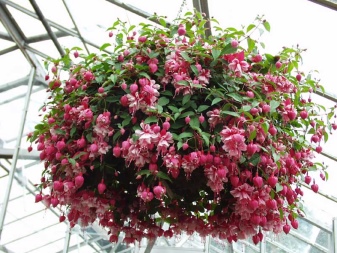
Peculiarities
Ampel fuchsia belongs to the perennials of the Cyprus family. In Russia, it began to be used in landscape gardening not so long ago, although it has been known about this unusual flower for over 300 years. In 1696, the French scientist Charles Plumier saw a previously unknown plant near the current capital of the Dominican Republic., and named it after the famous German physician and scientist Leonard von Fuchs.

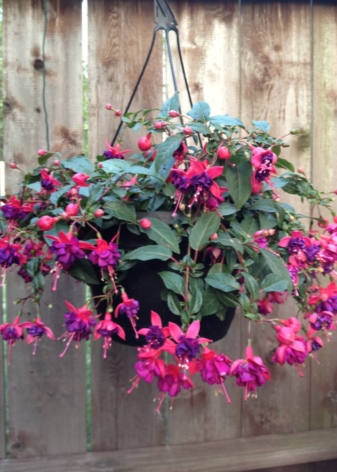
To date, a large number of hybrid varieties of fuchsia have been described - hanging, climbing, spreading, erect and in the form of a bush. Of particular interest among gardeners is ampelous, it is distinguished by thin stems and a spreading crown in the form of a cascade.
Fuchsia colors are striking in their diversity: blooms can be pink, purple, blue, scarlet, white, yellow, or blue. The decorativeness of fuchsia is explained by the unusual shape of the flowers - stamens sticking up from under a large and fluffy skirt. Previously, fuchsia was bred exclusively as a houseplant, but today, in the hot season, it is taken out into the garden, where it is widely used in vertical gardening.
With proper care, the plant can bloom from April to October. Caring for it does not present any problems, therefore it brings gardeners a pleasure.
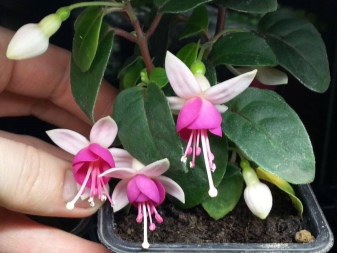
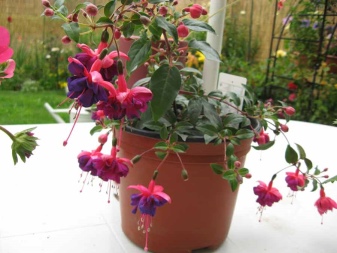
Popular varieties
Fuchsia truly amazes with the variety of varieties and varieties. The most popular are several.
- "Golden Monica". This is a bushy plant with spectacular elongated scarlet flowers, inside - a white core. Leaves are elongated, oval, golden-green. "Golden Monica" is distinguished by lush flowering and spreading branching, therefore, to maintain the decorative effect of the bush, it is necessary to regularly pinch off excess shoots so that the green mass does not distract attention from the flowers.

- Iceicle. One of the rarest ampelous forms of fuchsia, it is characterized by large milky-white buds, less often with a slight pinkish tint of the outer petals.
Despite its rarity, Iceicle is just as unassuming to care for as all other varieties.
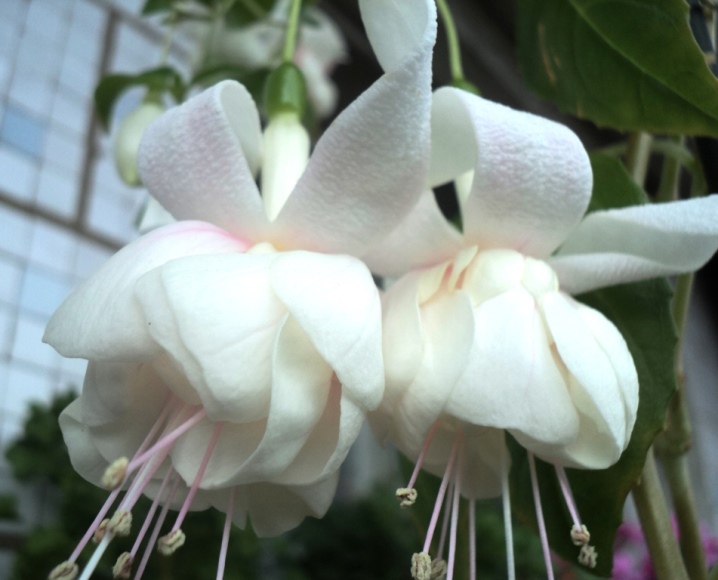
- "The first love". A plant with such a delicate name has amazingly beautiful flowering. The purple shade of the buds is presented in a wide variety - from light lilac to deep purple. There are even varieties in which the buds are colored violet-red. The saturation and depth of color depends on many factors - the duration of flowering, the characteristics of the soil, lighting and the age of the bush itself.
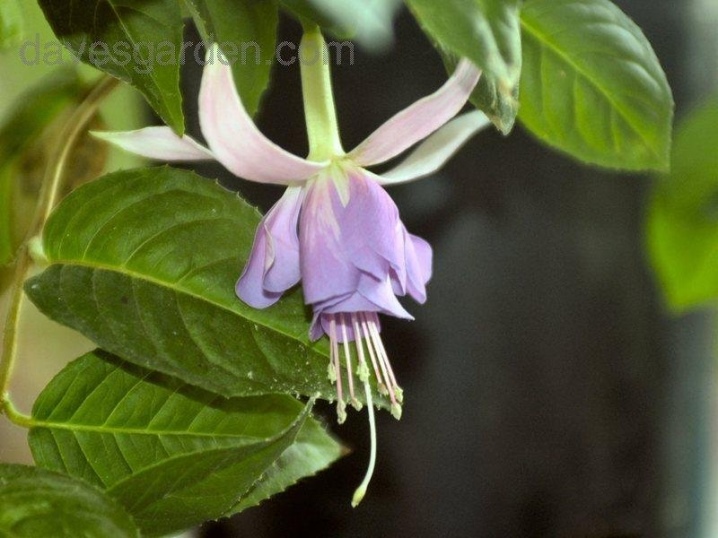
- "Fairy". A semi-ampere variety, a distinctive feature of which is two-color. The "Fairy" has a purple bud and a skirt red or white. Such a plant is usually grown as an ampelous plant, although it can hold onto a support and grow upward.

Other popular varieties include:
- Hollis Beauty - a spectacular plant with double flowers of the most delicate pale pink hue;
- "Prince of pis" - this variety is distinguished by flowers adorned with a bright red skirt and whitish sepals;
- Imperial Crown - forms elongated flowers of a deep red hue.
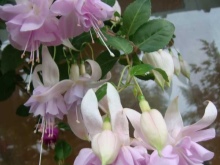
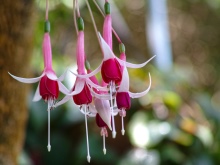
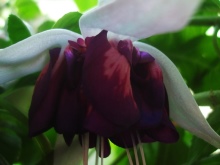
Care
Growing fuchsia does not require special skills from a gardener. The ampelous variety prefers lighting of moderate brightness. Direct ultraviolet rays act on fuchsia in the most depressing way - the plant does not die, but the formation of peduncles becomes rare, and the buds themselves become smaller, and it will be almost impossible to return the plant to a luxurious look by moving it to other conditions. The plant feels comfortable in light partial shade, low temperatures, cold wind and drafts are contraindicated for it.
These factors should be taken into account when planning the placement of the plant. The best option would be a place where the sun shines only in the morning hours, and starting from midday fuchsia it is better to be in the dark. However, it is not worth planting in full shade either - in this case, it ceases to produce flower stalks, and the decorativeness of the bush deteriorates noticeably.
A suitable temperature for this exotic is 22-25 degrees during the daytime and 15-18 at night. Too high as well as low temperatures adversely affect the quality of flowering.


Landing
When planting, it is very important to prevent overheating of the root system, therefore it is recommended to plant fuchsia in light ceramic pots with thick walls. The top layer of the substrate should also be sprinkled with light gravel. If these measures are neglected, the roots will quickly heat up and rot.
Fuchsia is not particularly demanding on the ground, but it grows and develops much better in fertile soil with neutral acidity and high air permeability parameters. The soil mixture for fuchsia is made up of peat, sod and leafy soil, river sand and compost, taken in equal parts.
When arranging the seat, be sure to create a drainage layer - it will prevent moisture stagnation and the appearance of rot.
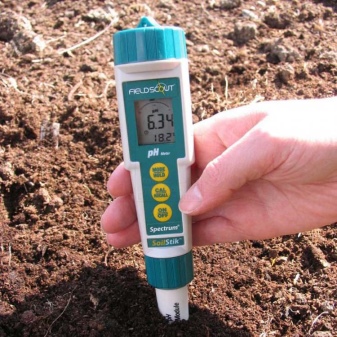
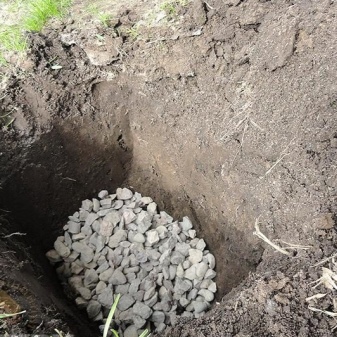
Pruning
Ampel fuchsia tends to branch strongly, while new flowers are formed in large numbers. In such conditions the root system is under significant stress, which is why all excess shoots must be cut off in time... It is very simple to determine that there are too many shoots - fuchsia begins to bloom poorly, some sprouts dry up, and extra flowers often break branches with their weight.
Immediately after the appearance of these signs, excess branches must be cut off.
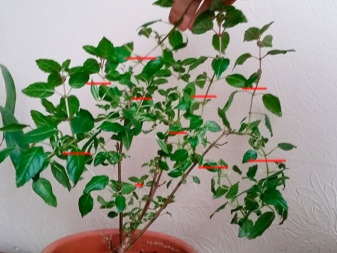
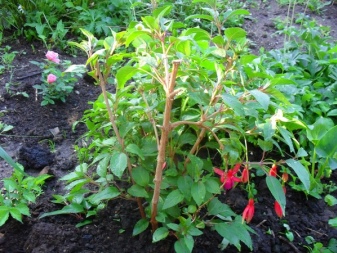
Watering
For the full growth and development of ampelous fuchsia, it must be watered regularly and in moderate amounts. Throughout the growing season, the optimal level of soil moisture in the container should be maintained, but at the same time, moisture should not stagnate. After each watering, it is necessary to wait 15-20 minutes, then drain all the remaining moisture that has formed in the pan. With the onset of the dormant stage, the amount of irrigation is reduced to 1-2 times a month. Fuchsia responds well to occasional foliar spraying.
If possible, try to place a small indoor fountain near the flower pot - this will maintain a favorable humidity level.


Fertilizer
Like many other exotic plants, fuchsias need fertilization. Top dressing is carried out approximately once every 7-10 days. It is best to use complex compositions for ornamental plants, which can be purchased at any specialized store. It is very important to strictly follow the dosage indicated on the fertilizer package. With an excessive intake of trace elements, the plant begins to actively grow, this creates an increased load on the roots, and in addition, the plant does not have the strength to flourish.


Reproduction
Ampel fuchsia can be propagated by seed, as well as vegetatively.
Seed method they are rarely used at home - this is a complex process that requires special knowledge, therefore, breeders generally resort to it to breed new varieties. However, if you wish, you can try to grow a flower from seedlings - you can buy them in a store or get it yourself. The process is quite troublesome. First, you need to protect the plant from self-pollination - for this, the anthers are cut off and the pollen is placed on the stamens. After that, the flower is wrapped in gauze and fixed with a thread. In this form, the bush should spend about 3-4 weeks until the fruit is formed.
Sowing is done in March. For this take containers with a soil mixture consisting of peat and river sand, and spread the seedlings on it, then gently press them with a finger and sprinkle a little with sand... The boxes are covered with foil to create greenhouse conditions. The greenhouse should be opened once a day for ventilation.
After the appearance of full-fledged shoots, the greenhouse can be removed, and when the seedlings grow up, it can be transplanted to a permanent place in a nutritious substrate.
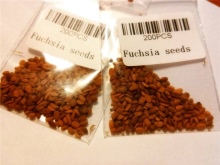
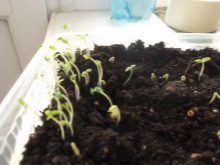
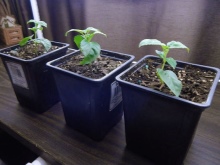
Vegetative propagation of fuchsia involves harvesting cuttings. This is a simple method that is very popular with gardeners. Cuttings take root well, while very little time is spent. It is best to do the work in early spring. Usually, young shoots are taken, since lignified shoots take longer to grow and are less accepted. The length of the cutting can be 10-20 cm. The container with the shoot is covered with the top of a cut plastic bottle to create a comfortable level of humidity.
If all the work is done correctly, the roots will appear in 5-7 days, but the plant will still need a couple more weeks for the root to become viable. After that, you can transplant the cutting into the ground.
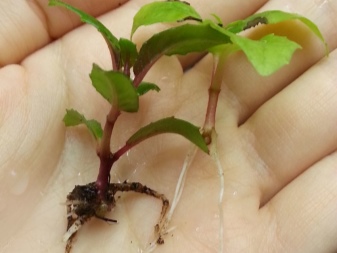
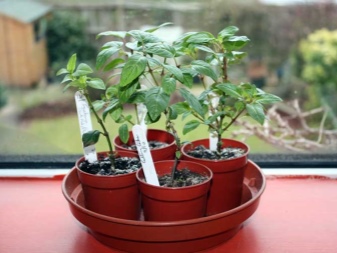
Wintering
With the onset of autumn, when the nights are getting colder, you should think about how to preserve fuchsia in winter. Most gardeners transfer it to the house - with this approach, it is very important to provide the plant with a comfortable living environment. Since fuchsias are native to the tropics, you will have to simulate warm days and cool nights at home. The plant will feel good in a place where it is illuminated with bright but soft light, while all heating devices will have to be turned off at night.
In winter, you do not need to water fuchsia as abundantly as in the summer on the street - from November to February this plant has a dormant period.
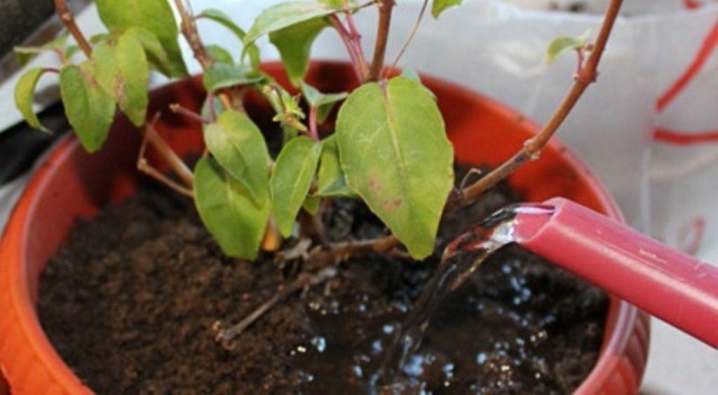
If there is no way to create such conditions in the apartment, then you can simply cut off the stalk from the parent plant in the place where the roots begin, and place them in small clay pots with vermiculite. After 3-4 weeks, it develops a root system, so it will be possible to plant a daughter plant in the ground. It is better to keep it on the windowsill on the south or east side. Such cuttings will grow very slowly, but by the spring the rate of development will increase.
Before planting in the garden, the bush should be gradually tempered - for this, the seedlings are taken out into the garden every day in the daytime for 15-20 minutes, and then the time spent in the fresh air is gradually increased.
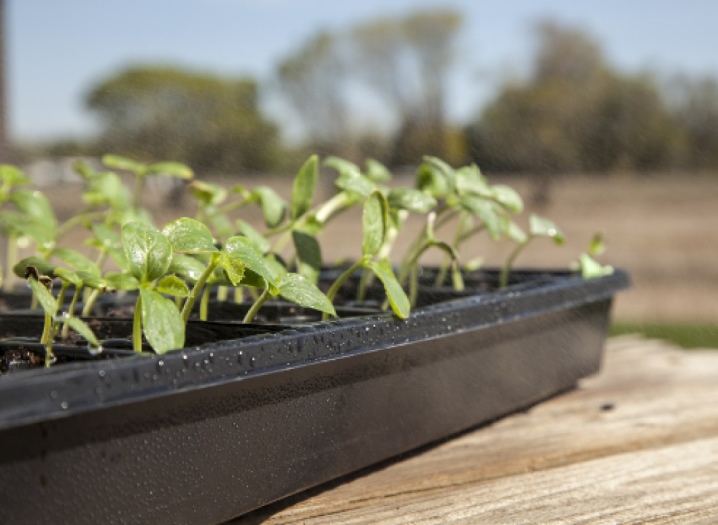
Diseases and pests
Fuchsia ampelous, like many other ornamental plants, encounters diseases and pests. More often than others, there are several problems.
- Whitefly - these are small whitish midges, visually they resemble a microscopic moth. They live on the back of the leaf blade, when shaken they fly in different directions. These parasites suck the sap from the plants, as a result they turn yellow and begin to wilt. Treatment with Actellik or Aktara will help to get rid of the whitefly. Spraying is carried out 1 time in 3-4 days, if necessary, the funds are alternated.
- With excessive moisture, the plant often collides with powdery mildew. In the fight against it, treatment with Fundazol or Topaz will help.
- Short and shallow flowering most often associated with a lack of minerals, a lack of light, or keeping the plant in a too warm place - when such signs appear, care should be adjusted.
- Very often, fuchsia leaves appear spider mite. The parasite itself is so small that it is impossible to see it. However, a whitish spider web can tell about the problem. If processing is not done in time, the leaves quickly die off. Means "Fitoverm", "Confidor" or "Agravertin" will help to cope with the problem.
.
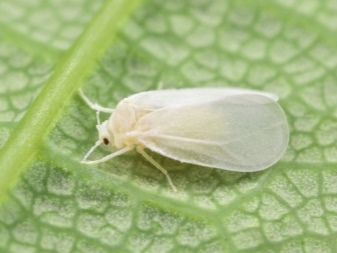

How to grow ampelous fuchsia, see below.







































































































The comment was sent successfully.